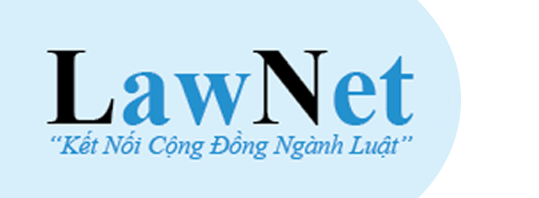Guidelines on analyzing the poem Qua đèo Ngang for students in Vietnam in 2024
Guidelines on analyzing the poem Qua đèo Ngang for students in Vietnam in 2024
The poem "Qua đèo Ngang" by Ba Huyen Thanh Quan is one of the literary works that students will learn in the grade 8 Literature curriculum. Below is a guide to analyzing the poem "Qua đèo Ngang":
|
I. Author Bước tới đèo Ngang bóng xế tà - Two elaboration lines Lom khom dưới núi tiều vài chú - Two discussion lines Nhớ nước đau lòng con cuốc cuốc - Two concluding lines Dừng chân đứng lại trời ,non ,nước 4. Content Value Bước tới đèo Ngang bóng xế tà - Time: “Bóng Xế Tà” refers to the end of the day, when people return to their families, highlighting the author's sadness and homesickness. Lom khom dưới núi tiều vài chú - The author uses the juxtaposition of "Lom khom" and "lác đác" to animate the space, painting a charming landscape. Nhớ Nước Đau Lòng Con Quốc Quốc - The author uses verbs to express her mood "Nhớ" (Miss), "Thương" (Love). Dừng chân đứng lại trời ,non ,nước - These two lines affirm the author's immense loneliness before the vast nature. |

Guidelines on analyzing the poem Qua đèo Ngang for students in Vietnam in 2024 (Image from the Internet)
What are included in the Vietnamese Language content of the Grade 8 Literature Curriculum?
Based on the General Education Curriculum for Literature issued with Circular 32/2018/TT-BGDDT, the Vietnamese Language content in the grade 8 Literature curriculum includes:
1.1. The meanings of some relatively common idioms and proverbs
1.2. Nuances of meaning in words and the selection of words
1.3. Onomatopoeic and onomatopoetic words: characteristics and effects
1.4. The meanings of some common Sino-Vietnamese elements (e.g., "vô", "hữu") and the meanings of words containing these elements (e.g., "vô tư", "vô hình", "hữu quan", "hữu hạn")
2.1. Particles, interjections: characteristics and functions
2.2. Independent components in sentences: characteristics and functions
2.3. Declarative, interrogative, imperative, and exclamatory sentences; affirmative and negative sentences: characteristics and functions
3.1. Rhetorical techniques of inversion, rhetorical questions: characteristics and effects
3.2. Explicit and implicit meanings in sentences
3.3. Deductive, inductive, parallel, and combinative paragraphs: characteristics and functions
3.4. Types and genres of texts
- Narrative text: an essay recounting a trip or a social activity
- Expressive text: poetry with six or seven characters; a paragraph expressing thoughts on a six or seven-character poem
- Argumentative text: thesis, argument points, reasoning, and evidence; a discussion essay on a life issue; an analysis of a literary work
- Informative text: objective information, subjective opinions, and the purpose of the text; an explanatory text about a natural phenomenon; a book introduction essay; a proposal text
4.1. General and local vernacular words: functions and values
4.2. Social jargons: functions and values
4.3. Non-verbal communication means: images, data, charts,...
How many hours are allotted for grade 8 Literature in Vietnam?
The General Education Curriculum for Literature issued with Circular 32/2018/TT-BGDDT stipulates the total instructional hours for each grade as follows:
| Grade 1 | Grade 2 | Grade 3 | Grade 4 | Grade 5 | Grade 6 | Grade 7 | Grade 8 | Grade 9 | Grade 10 | Grade 11 | Grade 12 |
| 420 | 350 | 245 | 245 | 245 | 140 | 140 | 140 | 140 | 105 | 105 | 105 |
In high school, each class has an additional 35 hours for elective learning modules.
Thus, grade 8 Literature has a total of 140 hours.

